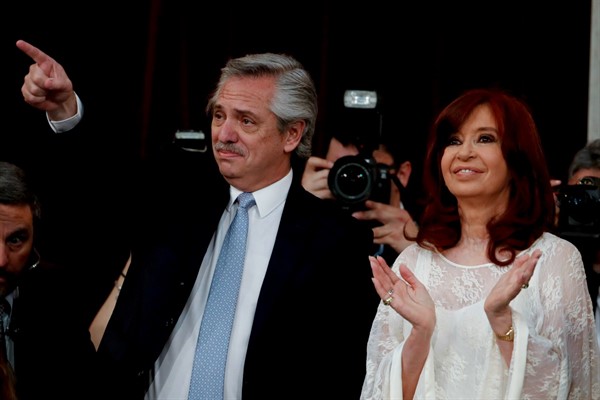In December 2019, a new Argentine president was sworn in amid considerable upheaval, promising to wrest the country from its endless cycles of boom and bust. His predecessor’s efforts to reform the economy and finally unleash the country’s great potential had to come to naught. On almost every economic indicator, Argentina was actually worse off than when he had taken office four years before and, once again, the country faced the dreaded specter of foreign debt default.
Though that brief summary refers to the presidential transition from Mauricio Macri to Alberto Fernandez, change the names and dates and this could just about describe any transfer of power in Argentina in recent memory. It wasn’t always the case.
One hundred years ago, Argentina was the land of the future, one of the 10 richest countries on the planet. It had for decades recorded the fastest GDP growth rate in the world and had a higher per capita income than either France or Germany. In its dynamism and potential, Argentina was a hemispheric rival of the United States. Massive investments in infrastructure and innovation propelled its prosperity. By 1914, it enjoyed more than 20,000 miles of railway tracks, which, combined with refrigerated storerooms, facilitated exports of its world-famous meat on an unprecedented scale. The production and export of grain also grew multifold.

